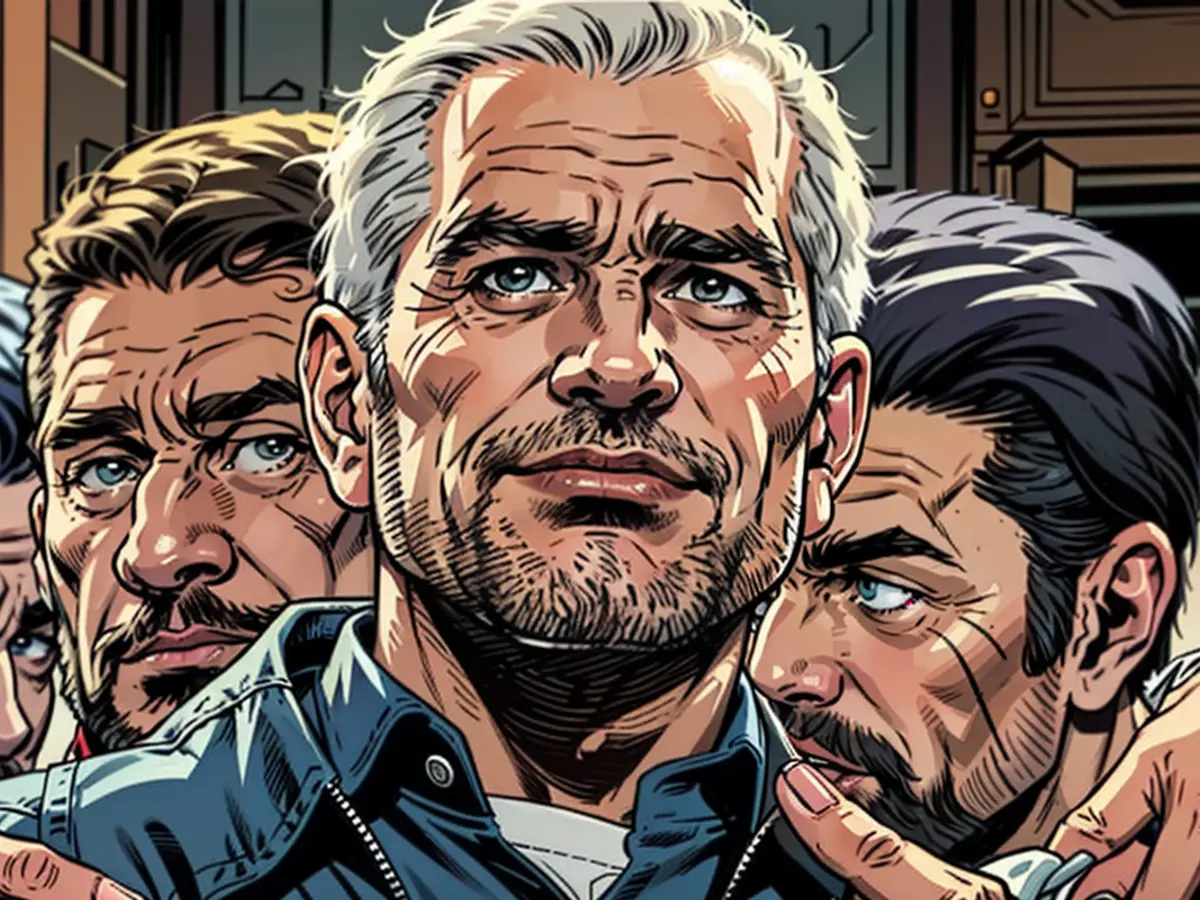Chammani officially grants new Iranian president Peseschian presidentialauthorities
Peseschkian won the Presidential election in Iran. He was the only candidate from the Reformer faction. During the campaign, he advocated for "constructive relations" with the West. Additionally, he advocated for the revival of the 2018 nuclear deal that was suspended under the then US President Donald Trump, in the hope of lifting the sanctions and economic recovery of the country.
Peseschkian will begin his four-year term after being sworn in at the end of July. He succeeds the ultraconservative Ebrahim Raisi, who died in a helicopter crash in May. However, the real power in Iran lies with the spiritual leader Ayatollah Ali Khamenei. He emphasized continuity after Peseschkian's election victory.
- Despite Peseschkian's victory in the Presidential election, his powers are limited in Iran, as the Head of State ultimately answers to Ayatollah Ali Khamenei.
- During his campaign, Peseschkian highlighted the importance of Presidential powers in reviving Iran's relations with the West, particularly in relation to the 2018 nuclear deal.
- After the Presidential election, Peseschkian will navigate his role in Teheran, working closely with prominent political figures like Chamanei to implement his policies.
- Ayatollah Ali Khamenei, the spiritual leader of Iran, assured continuity in the country's policies, acknowledging Peseschkian's election victory as a sign of the Iranian people's will.
- The new President's proposed strategy to revive the 2018 nuclear deal and improve Iran-West relations may impact the future of Iran's domestic political landscape, with potential implications for the Reformer and Conservator factions.







